1/2 inch Chicken Wire Tulip Bulb Cages
fanelda
15 years ago
Featured Answer
Sort by:Oldest
Comments (20)
calistoga_al ca 15 usda 9
15 years agopeonyman
15 years agoRelated Professionals
Mitchellville Landscape Architects & Landscape Designers · Salisbury Landscape Architects & Landscape Designers · Clermont Landscape Contractors · Aloha Landscape Contractors · Amesbury Landscape Contractors · Ellicott City Landscape Contractors · Monterey Landscape Contractors · Selden Landscape Contractors · St. Louis Landscape Contractors · Streamwood Landscape Contractors · Vallejo Landscape Contractors · Irvington Landscape Contractors · Forest Hill Landscape Contractors · Shafter Landscape Contractors · Clearfield Landscape Contractorspippi21
14 years agopippi21
13 years agoNancy
13 years agocalistoga_al ca 15 usda 9
13 years agoBud222
12 years agobill_ri_z6b
12 years agoBud222
12 years agoBud222
12 years agocalistoga_al ca 15 usda 9
12 years agobill_ri_z6b
12 years agopippi21
12 years agogoshiki59
11 years agooswiff
11 years agokatob Z6ish, NE Pa
11 years agooswiff
11 years agolinnea56 (zone 5b Chicago)
11 years agoclaydirt
11 years ago
Related Stories
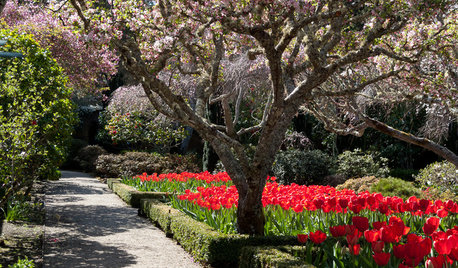
PLANTING IDEASEasygoing Tulip Ideas From a Grand California Garden
Gather up these ways to use tulips to make a spring garden of any size overflow with beauty
Full Story
GARDENING GUIDES6 Unsung Bulbs for Fall Planting
Don't hang up your spade after summer — plant these unusual bulbs in fall for a spectacular spring show
Full Story
FARM YOUR YARDHouzz Call: Show Us Your One-of-a-Kind Chicken Coops
Do you have a fun or stylish backyard shelter for your feathered friends? Post your pictures and stories in the Comments!
Full Story
GARDENING AND LANDSCAPINGBackyard Living: The Scoop on Chicken Coops
Perk up your morning with fresh eggs and chickadee clucks when you build a chicken coop in your own yard
Full Story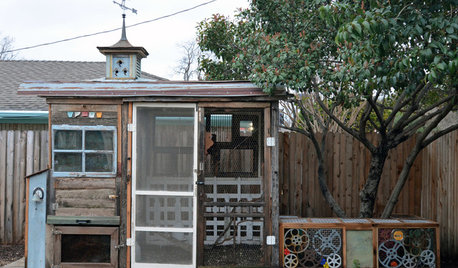
OUTBUILDINGSQuirky Meets Practical in a Dallas Chicken Coop
These hens have a stylish backyard coop built from recycled materials
Full Story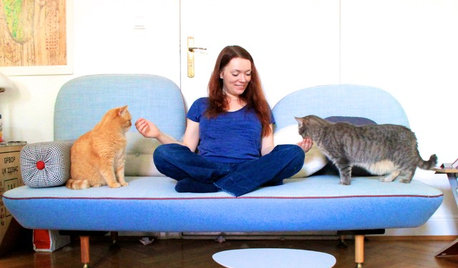
PETSWorld of Design: Pampered Pets and Their 10 One-of-a-Kind Homes
Fall in love with these critters and their clever living spaces, from a cat playground in France to a chicken house in the U.S.
Full Story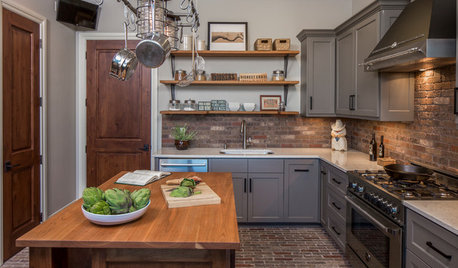
FARMHOUSESNew This Week: 2 Charming Farmhouse Kitchens With Modern Convenience
These spaces have all of today’s function with yesteryear’s simplicity and character
Full Story
HEALTHY HOMEHow to Childproof Your Home: Expert Advice
Safety strategies, Part 1: Get the lowdown from the pros on which areas of the home need locks, lids, gates and more
Full Story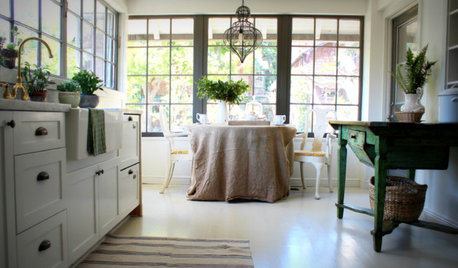
KITCHEN DESIGN12 Farmhouse Touches That Bring Homeyness to a Kitchen
Shaker cabinetry, country-store-inspired hardware, barn elements or a key piece of art will add homestead appeal to your kitchen
Full Story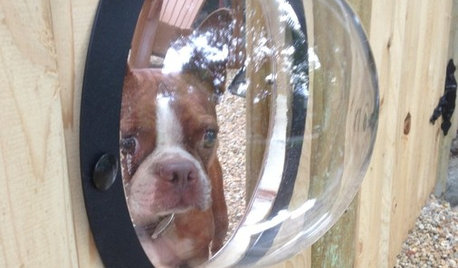
PETSHouzz Call: Show Us Your Pet Projects!
Bubble windows, fountains, doghouses, showers — what outdoor treats have you put together for your furry friends?
Full Story





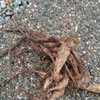
sunandshadow